Basset Hound is an original breed that is not like the others. Squat and at the same time very aristocratic, with a sad look, but incredibly lively character, these dogs are full of contradictions, secrets and features. Today you will learn all about the origin, nature and habits of such dogs. You can also see if Basset Hound is right for you as a new member of the family.
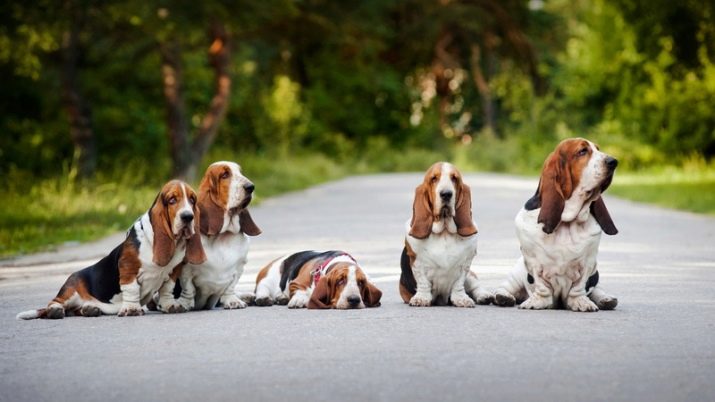
Origin
To begin with, pay attention to the name of the breed. It is deciphered literally, without secrets and references to legends, and sounds like a "low hound." Agree, a very accurate description. The opinions of experts regarding the origin differ, but if you take into account the linguistic aspect, most likely the dog appeared in France. This theory is considered one of the most reliable and, one might say, basic. According to the chronicles that were found on the territory of this state, and date back to 50-60 years of the XIX century, very similar dogs became part of hunting and rutting.

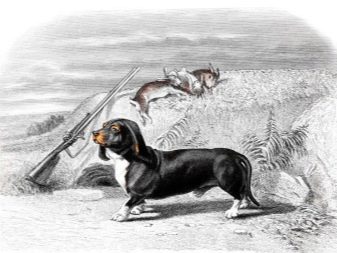
Why, despite their French origin, is the Basset often associated with England, calling them real aristocrats and subjects of the United Kingdom? The fact is that until the 60s these dogs did not have a wide distribution area, perhaps the breed would have remained in the shade, if not for two counts - Lakute and Lan.
They were engaged in breeding, and both managed to breed new breeds that already came to England in the 70s, where local livestock breeders drew attention to them, and by crossing brought the breed in the form in which it is known to us at the moment. The Basset Hound was officially recognized by the English Basset Club community in 1883, and from that moment on, the dogs became part of the club.
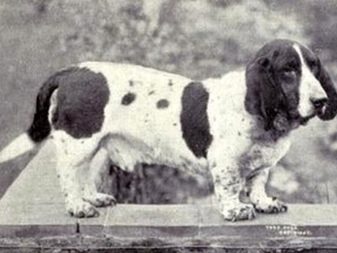
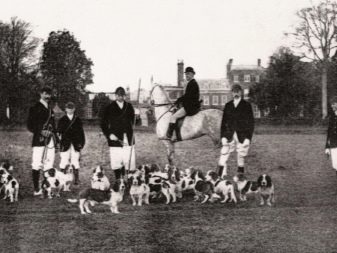
Breed characteristics
Let's start with the color scheme, which is actually much more diverse than we used to think. There are several types of suits.
- Tricolor. The classic color of black, white, brown or red spots, mixed like paint on the artist’s palette. This is the most common variety.
- Two-tone. Red spots on a white background or vice versa. A fairly frequent color, although less popular than tricolor.
- Red, fawn. With a dense coating, without spots and interspersed in other shades. Such dogs are rare, however, the color belongs to a separate category.
In addition to these three main species, there are also white, gray or mixed-colored dogs, but this is a rarity due to genetics. The presence of similar shades in the color, and their predominance indicates a violation, a genetic malfunction. This does not make the dog better or worse, just know this fact.
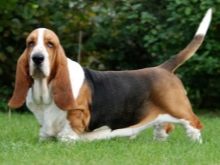
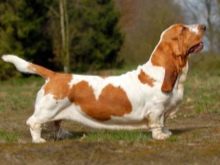
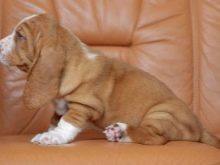
Bassets are not very large dogs. Their normal growth is in the range of 33-38 cm. Of course, the females will have smaller differences, and the males have larger parameters. As for weight, a spread of 23 to 30 kg is considered normal, respectively. In other dogs, similar proportions and the ratio of weight and height are usually called a special term - achondroplasia (dwarfism), but in this breed it is an absolute norm and standard.
- Skull. The head of the four-legged is round and rather large. The forehead is high, smoothly passes into the back of the head. Pronounced eye sockets and high cheekbones are characteristic. External features include a large amount of skin in the face, which is why dogs have numerous folds. Owners are advised to care for the folds of pets (not only on the head). Bassettes are, of course, not sharpei, but dirt and sweat can accumulate in bends, which can cause problems. Timely cleaning solves difficulties in 100% of cases.
- Teeth and bite. A large mouth with straight teeth, a normal bite, is also called a scissor bite. A bite can form up to 1.5 years. While the dog can still be called a puppy, small deviations can normalize. Otherwise, the teeth will need to pay attention to: select the right nutrition and be observed by a veterinarian.
- Nose. The external color is either black or brown, depending on the main tone. As for not the organ, but the sense of smell, it is incredibly acute. The hunting scent of bassets can easily compete with the smell of trained snoops.
- Eyes. Most often, the iris is painted in brown. Light shades are considered defective.
- The ears. Set low and drooping. They can be called assistants to the scent, no matter how strange it may sound. The fact is that the ears “raise” odors from the ground to the nose of the animal. Partly in this lies the secret of such a sharp sense of smell of bassets.
- Body. These pets are stocky, squat, body elongated. The back is wide, even, massive. The chest is omitted, has a rounded shape. The four-legged neck and stomach are shrouded in numerous skin folds.
- Paws Short but quite powerful. The front paws in the normal development of the dog should not be in contact with each other, can be slightly deployed. The hind limbs are also massive and not too high, but, unlike the front, they are directed exclusively forward. There are also excess skin on the paws that form shallow folds.
- Tail. A characteristic feature of the basset tail is a white speck on the tip, thanks to which the dog can be easily identified even at large distances or in bushy terrain. This is important for hunters.
- Wool. Thick, with a good undercoat, which is enough even for a walk without insulation in the winter.But since the dog is low, it is often worn in protective coveralls. Do not forget that this is a hunting breed, and such a dog on the street will certainly be disguised. Basset is not confused by either a dirty puddle or a dusty pit. If the chance comes up, he will use it to the maximum, and you will have to comb and clean the wool, so it is better to dress the pet with light protection.
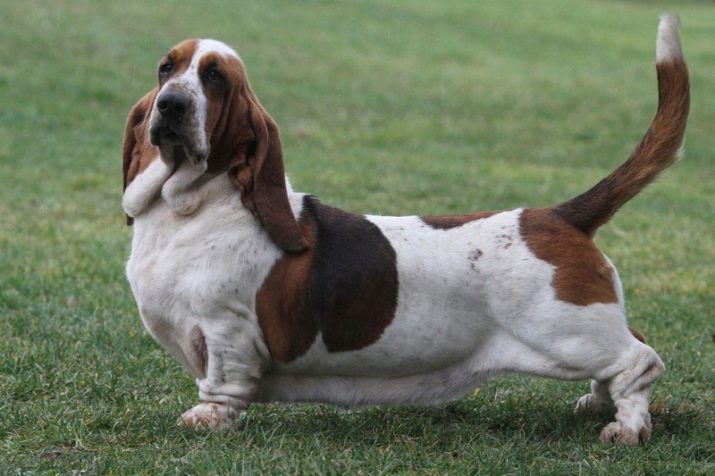
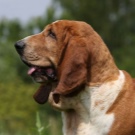

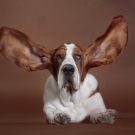
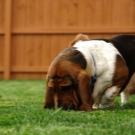

In addition, it is worth saying that sometimes there are long-haired bassets. This gene is recessive, such a dog cannot become an exhibition dog, but without any problems, it’s a favorite member of the family.
Advantages and disadvantages
Many future owners "buy" the appearance of this breed, believing that it will be a very phlegmatic and calm dog, however, bassets are very stubborn in nature. Of course, along with perseverance, there are a number of very pleasant traits, for example, incredible devotion and a gentle, good-natured character.
Another feature that owners should know about in advance is the loud voice of these dogs. Despite their small stature, bassets have a very clear, booming bark. It is this feature that forces many owners to train and educate puppies from a very young age.
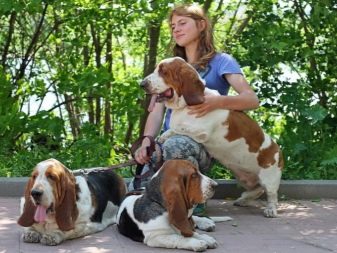
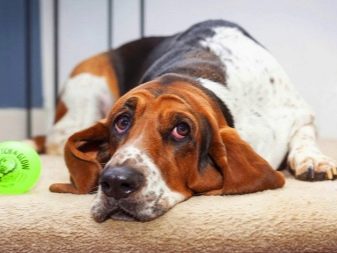


Character Features
Since dogs were originally created for collective hunting, now they are great for living in a family. They will easily find a common language with all households, and not only with two-legs. Friendship between other dogs or even cats is not uncommon. The owners of rabbits and small rodents (chinchillas, hamsters, rats) should be careful.
Under natural conditions, these little animals are the subject of basset hunting, therefore it is strongly discouraged to make friends. The bassets are superb for children. They are very careful, attentive and accurate in their presence. If the children are older, the dogs will be happy to join the game at the very first invitation.
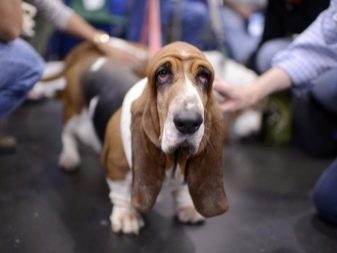
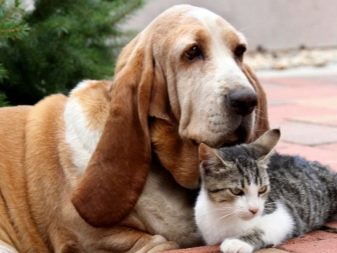
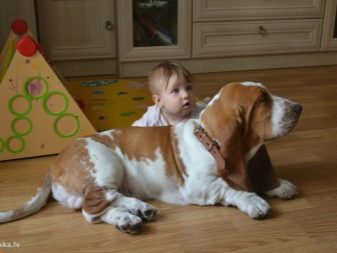
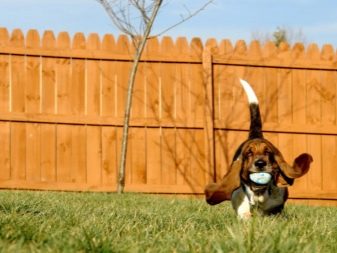
Many owners support the idea that the bassets are true aristocrats, not only externally, but also internally. A well-bred dog will behave well in public. Due to this feature, the breed has become an exhibition.
You will learn more about parenting a little later, but it’s worth noting right away that basset training is not an easy task. The dog is stubborn, willful, so most often the training is entrusted to professionals, especially if you want to learn something other than basic commands.
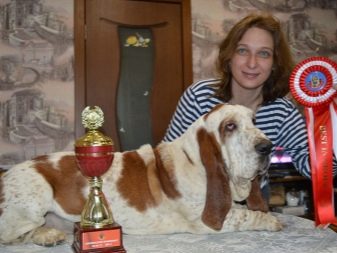
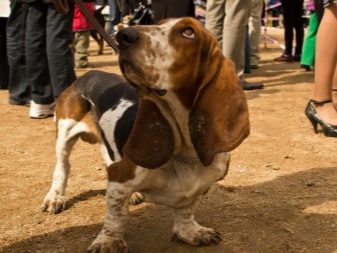
Life span
Unfortunately, this breed does not apply to centenarians. On average, these dogs live from 10 to 12 years. Of course, there are exceptions.
Life expectancy depends on three basic factors:
- genetic predisposition to diseases, heredity;
- conditions of detention;
- ration.
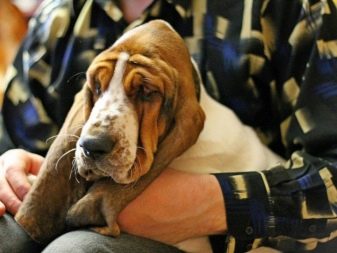
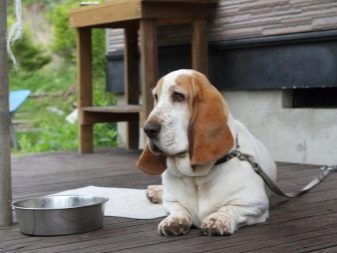
About the second and third paragraph a little later, but we will talk about hereditary factors and related diseases now. In general, dogs have fairly good health and good immunity, but there are a number of the most common diseases for which there is a higher predisposition.
- First of all, these are diseases associated with the eyes. Glaucoma is not uncommon, the unusual structure of the eyes is to blame.
- Tendency to allergic reactions. Due to the fact that bassets often sniff out everything on the ground, they may develop an allergy to pollen and certain types of plants. A good host should carefully monitor this moment.
- Otitis externa. This disease is caused by an unusual, saggy structure of the ear. To avoid such problems, it is recommended to wipe your ears with a special solution that will help you choose a veterinarian.
- Fungus. This problem is found in many dogs. It is not so difficult to prevent it, it is enough to simply process the paws with specialized wax, but this must be done before each walk. This will help maintain healthy pads and nails.
- Panostitis (periodic lameness). A problem more characteristic of puppies of this breed. With normal development, such difficulties should disappear by the age of two, when the dog finally becomes mature, but if the symptoms do not disappear, you should consult a doctor, since surgical intervention is possible.
- Inversion of the stomach. This disease haunts not only this breed, it is characteristic of all dogs with a wide chest. It does not matter what age your pet is, a problem can occur at any time. The characteristic signs are: nausea, decreased mobility to a minimum, and refusal to eat. If you notice this behavior for your pet, urgently seek qualified veterinary care.

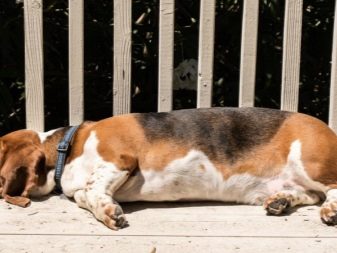
In addition to information about diseases, it is important to know in advance the list of vaccinations that will help to avoid many problems, including serious diseases. Basset hounds are recommended to be vaccinated against plague, rabies, coronavirus, trichophytosis, parainfluenza, parvovirus enteritis and infectious hepatitis. This is optional but recommended.
It is believed that individuals who are 7 years old reach a mark beyond which the dog begins old age. Like humans, pets lose shape with age. Their vision and hearing deteriorate, they begin to move worse.
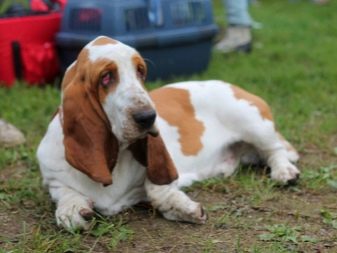
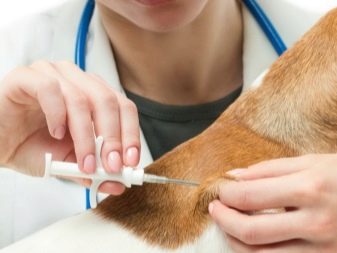
In addition to all of the above factors affecting the condition and health of the pet, there is another no less important fact - castration or sterilization. It is believed that such an operation reduces the risk of some causes of early animal mortality. It also affects the level of aggression, which is significantly reduced. Despite the fact that the operation helps to avoid the occurrence of testicular cancer, nevertheless, the risk of prostate and urinary tract cancer increases.

Each owner decides whether an operation of this kind will be performed or not. But in any case, before the intervention it is necessary to consult a veterinarian.
How to choose?
Of course, it is good if you have the opportunity to learn as much as possible about the nursery and the parents of the puppies. It is better to meet in person, to see how dogs behave in familiar surroundings and when meeting new people. If you come to the breeder, pay attention to the following points.
- Puppy conditions. There should be enough space. The room must be light, the regime of day and night must be respected.
- Carefully inspect the nursing mother. The dog should be healthy, clean, well-groomed, moderately active. Mild thinness is not a dangerous symptom, since during the feeding period this is permissible.
- Puppy behavior. Puppies should be active, inquisitive, with a good appetite. Try not to be charmed by their liveliness and carefully examine your eyes, nose, ears and paws. If possible, palpate the abdomen. It should be soft, without tangible bumps or lumps.
- Stigma. If the pedigree of the dog is important to you, be sure to check the correspondence of the number in the groin or on the ear to that indicated in the documents.
- And the last point - examine the documents of the parents themselves. Breeders who are not trying to trick you will gladly show you all the awards and talk about the pedigree. If the answers are nervous and unintelligible, watch out and be vigilant.
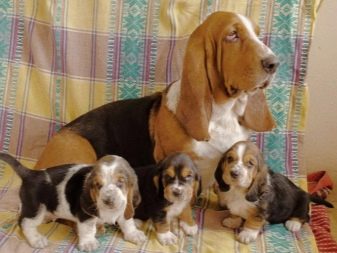
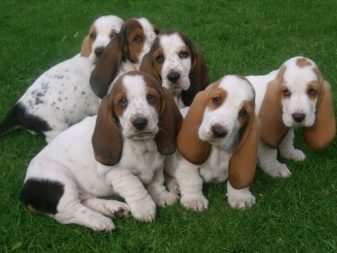
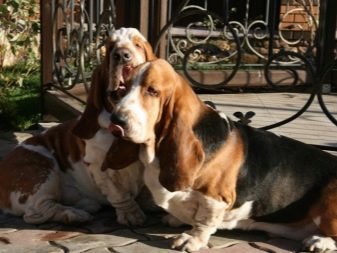
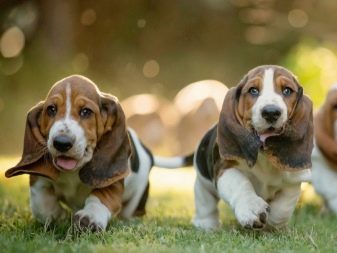
Speaking of dogs with a pedigree, show pets, it is worth voicing the amounts that are considered normal for acquiring a puppy of this breed. In our country, the price can lie in the range of 25-60 thousand rubles. Sure, a show class will cost you more, some make a bonus for an unusual color, but in general, prices rarely go beyond this.
If you get a puppy without a claim to an exhibition, the price can be any, even the lowest, especially if you take a dog from friends.
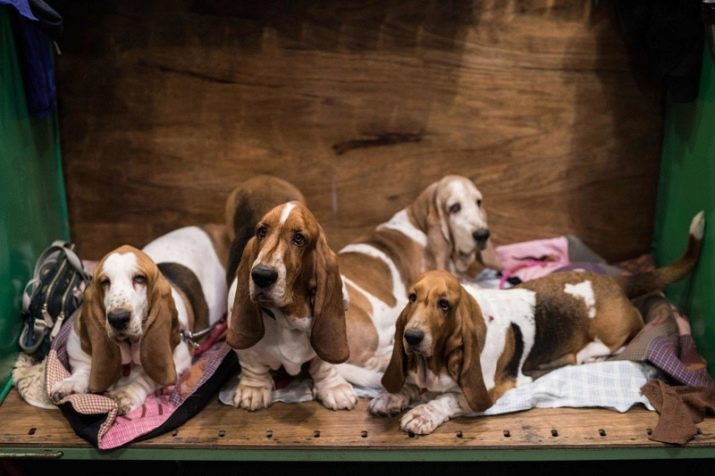
But keep in mind, a dog without a pedigree cannot be made part of the exhibition history.
Content Rules
Surely you already understood that this is a very specific, special breed, which will require appropriate care. There are several basic aspects that a conscientious owner should always pay attention to.
Let's start with the structural features. Due to the fact that this breed has short paws, when walking, the coat becomes dirty faster and stronger than other breeds. In this regard, it is recommended to have walking overalls for rainy weather and their warmed options for winter. Remember washing a pet, even using special shampoos and oils, is not recommended more often than 1 time in 3 weeks (speaking of show dogs) and not more than 1 time in a couple of months if your pet does not belong to the show class.
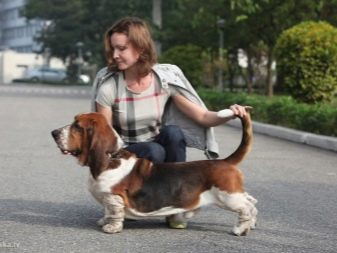
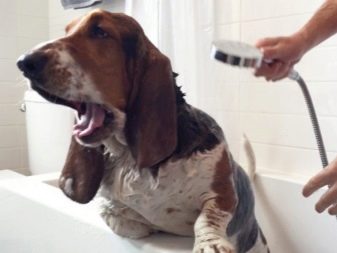
Continuing the theme of the unusual structure, we pay attention to the spine. This place is considered rather vulnerable and prone to injuries, therefore, in everyday life, and especially during walks, it is important to ensure that the dog does not make high jumps, try to avoid long descents and be careful with stairs.
Another outstanding detail is the ears. They need to be cleaned once every 3-4 days. Use a soft cotton ball, disc, napkin, or lint-free cloth for the procedure. It is better to buy a solution with which you can wipe your ears after consulting with a veterinarian, and only certified products will have to be used.
Surely you will notice that the basset eyes will often “cry”. This is the norm, you can remove the discharge with the help of the same cotton soft swab and a cooled broth of chamomile. The latter can be purchased at any pharmacy. Pets may also have excessive salivation..
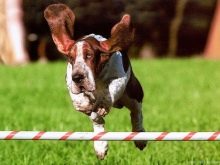
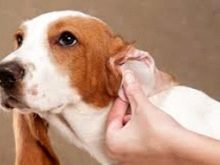

Watch for secretions from the oral cavity and remove them in a timely manner.
Shedding is another feature of this breed.. In general, the dog molts twice a year, the process falls in the fall and spring. At this time, a combing procedure is mandatory. She must be frequent. It will be necessary to scratch the pet in a day. In winter and summer, the intensity can be reduced to a couple of times a week. But in general, you should take such care as a rule. The amount of time it takes for one combing is on average 10 minutes. You can add another regular action to this procedure - trimming or sawing claws.

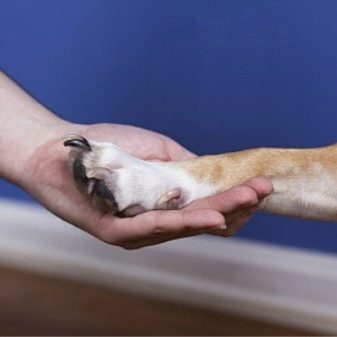
Of course, this operation is not so frequent, once every 2-3 months will be enough, but you can not forget about it.
What to feed?
The owners often choose the answers to this question for themselves. Someone prefers to make a more natural, close to the human diet, others prefer professional balanced feeds. The main criterion is your dog’s well-being and balance between the supply of nutrients and the right load.
City hounds differ from dogs living in private homes in that their activity is minimized. Even a daily walk in the morning and evening does not always help maintain vitality at the right level. A decrease in activity leads to overweight and, in order to reduce it and keep it within normal limits, you will have to follow a diet.
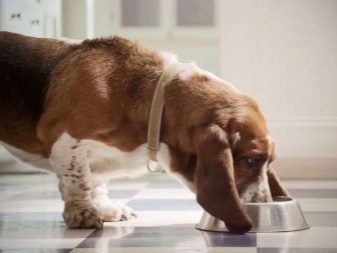

If you decide to feed the dog dry food, then a veterinarian or professional breeder will help you make a competent diet. Any doctor will also tell you that you can’t save on dog food. You will need to purchase premium or super-premium feeds, economical options will not work here. If you are for natural feeding, in this case your pet should receive the following products: low-fat cottage cheese, quail eggs, low-fat meats, mainly poultry and, of course, enough water to maintain the water-salt balance.
Besides, the dog must be given fermented baked milk or kefir, yogurts, vegetables and fruits, cereals. It is forbidden to feed a dog with fatty and fried foods, all kinds of smoked meats and salty foods.The same applies to small tubular bones that claimed the lives of many tetrapods. To replace the bones, you can contact the pet store, where you will be sold all kinds of goodies and bone analogs that are absolutely safe for the health of the pet.
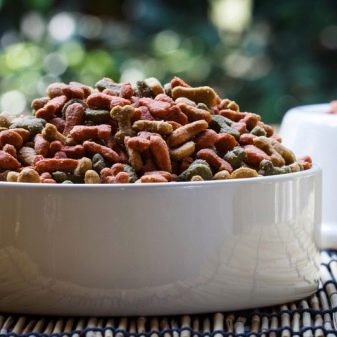
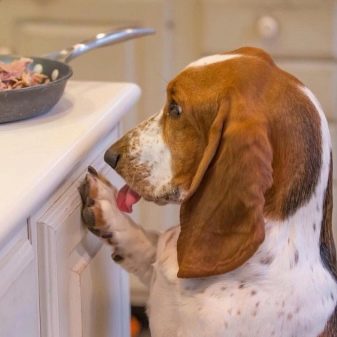
Breeders always warn the future owners in advance that the appetite of dogs of this breed is exorbitant. It is impossible to focus on the desires and signals of the dog in this case. At the head of all processes should be a regimen in which two meals per day are sufficient for dry-fed animals.
How to care for a pet?
Regular walks in the fresh air are very important. Twice a day, the dog must be on the street. It’s great if at least once a week you have the opportunity to take your pet out of town so that he can frolic in the wild. If this is not possible, try to diversify your walks and increase your distance using a bicycle, jogging, skateboard or scooter. At the same time, you should not be too persistent, you can alternate walks with games, it is not necessary to drive a pet long distances each time, sometimes you can just play.
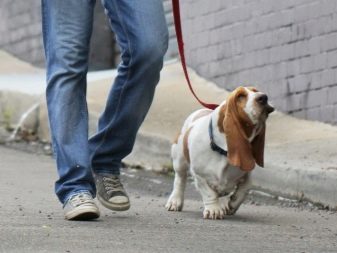
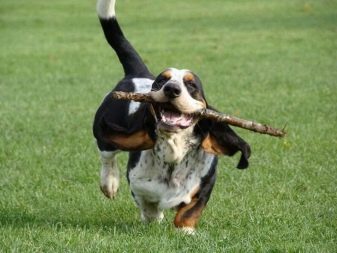
As for the care of the dog, it is worth saying that the basset is a breed that loves attention and is positive about various cosmetic procedures. To make your pet pleasant and embellish it, you can contact special salons, or you can deal with this issue yourself. Let's see what is needed in the second case.
- Special brush mitten with a small rounded bristle.
- A skrebnitsa with which it is possible to remove wool.
- Special shampoo, conditioner and care oils. Before buying, it is best to consult with the breeders or veterinarian.
- A towel that can absorb moisture well so that the animal can be quickly wiped dry.
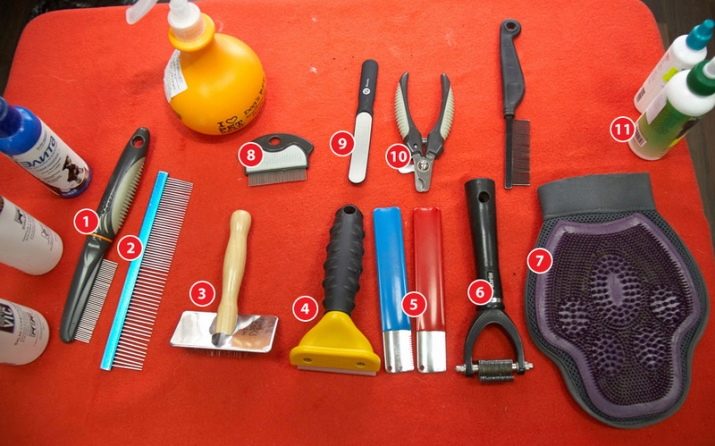
All of these tools should be used consistently. In the network you will find many training videos on how to properly care for such dogs as combing hair, removing excess, applying cleaning products (they can vary for different parts of the body and for different shades of hair).

An alternative is to see how a professional does it several times, remember the main points and then repeat the procedure yourself.
Training and education
Of course, training should start from puppyhood. Concessions and deviations from clear rules are completely excluded. Parenting should be strict, but at the same time do not forget to express your love for the pet. In the eyes of a dog, you must be a leader, an unquestioned authority. Stock up on patience and goodies, and encourage every right step.
Bassets are very social, and do not like to be alone. Try to avoid such moments, at least until the puppy is older. To train a dog for your absence at home is worth it gradually. Start at short intervals and gradually increase the gap to the desired number of hours.
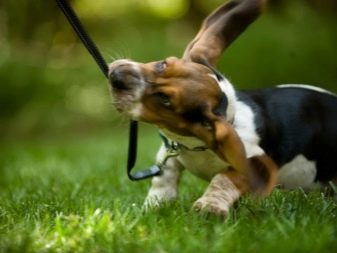
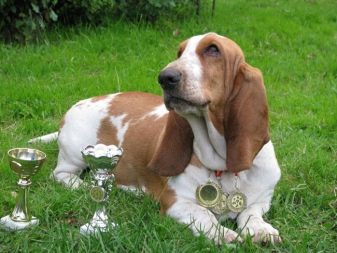
Systematic, repetitive actions are the key to successful parenting.
The first command your dog must learn is “next to” or “to me”. Due to their nature, hunting dogs can easily be carried away by smells, sounds, game or any other interesting subject. In order not to lose sight of the dog, you need to hail it in time, even if you walk it on a leash. Experienced dog breeders recommend accustoming the dog to this team using their favorite toys or goodies.
The team should be pleasant for the pet, it should want to return to you, this will help create a positive association on the subconscious, and in the future will avoid problems with obedience.

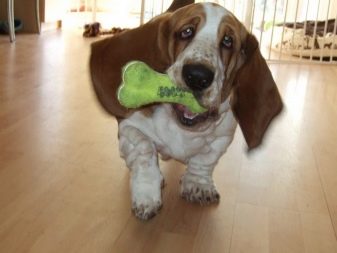
The second important team, which must be in your arsenal, is “place”. Teaching this trick, it is better to tell the pet where exactly the place is located.Show a couch, rug or chair, which in some way is attached to the pet. The puppy must understand where he can be, and which zones are prohibited. If you skip this command, pampering is possible. The dog will freely feel on the couch, bed, on tables and other surfaces in its area of reach. To prevent a mess, engage in teams from an early age.
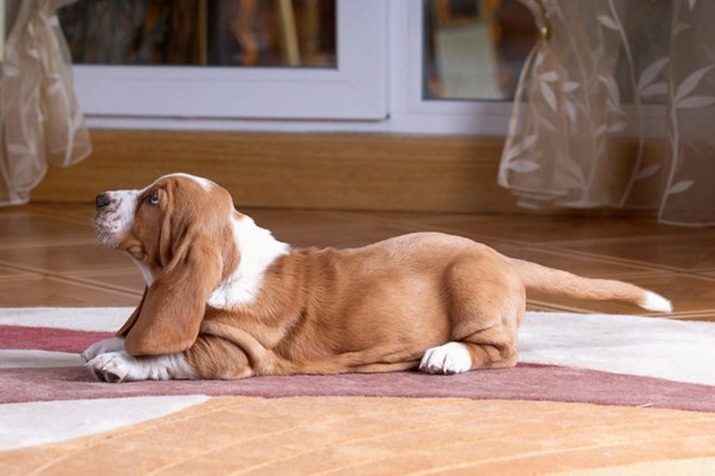
Do not forget that the consolidation of teams should take place in the form of a game and be supported by pleasant images (goodies, toys, praise). Even your intonations should sound encouraging, kind, there can be no alarming or nervous notes in your voice.
The last command from the category of basic and important is “possible”. It will help you to avoid incidents with food, especially if you are walking in a city where a lot of unwanted, but tasty, can be scattered on the streets. So that the dog does not pick up from the ground, you need to start learning the puppy at home. Place a bowl of food in front of your pet. Then gently hold the animal by the leash and do not eat without a command.
But do not become a sadist in this workout. Learning should not go through excessive suffering. Give the command and release the puppy. After a while, he will get used to this order, and will independently wait for your team before you eat something.
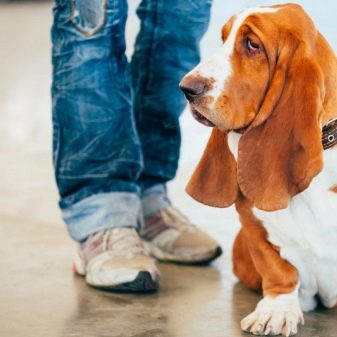
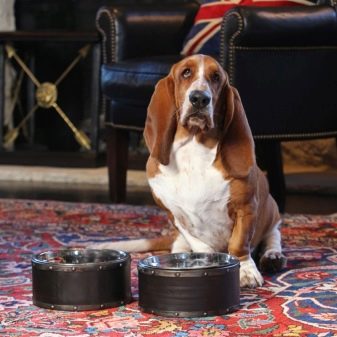
Useful Tips
Consider several recommendations that will be useful to the newly minted owner of a dog of this breed.
- All basset owners emphasize the importance of the timely start of training. If you miss a moment, the dog may become completely immune to your commands. Even if you devote a lot of time and effort to training, the basset will still reserve the right to its own opinion. Owners often point out that the dog’s mood changes from the extreme “any commands are here and now” to “I don’t hear anything, I don’t see anything”. This feature must be understood and accepted.
- Dogs have excellent intelligence and a healthy share of cunning. Do not let the pet manipulate you. Be a leader for your four-legged friend.
- Once again, recall the healthy and almost indefatigable appetite of bassets. The dog will treat itself, not knowing the measures while you feed it. And even when you stop, sad, full of sadness and dramatic eyes will eat you, praying for a supplement. Do not get fooled by this acting game. Obesity problems can lead to serious health problems in general. The nutrition of this dog should be monitored on a strict schedule, without taking any steps to the side.
- Once a month, treat the dog with a tick remover. Just drop a few drops on the withers and calmly go for a walk. This is especially true in March and April or before frosts in November, when insect activity increases.
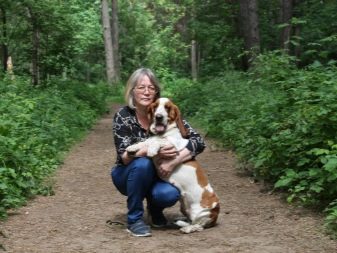
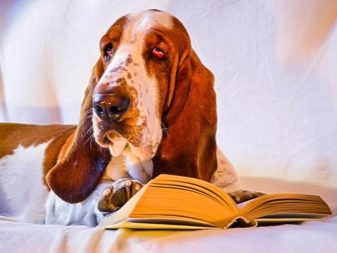
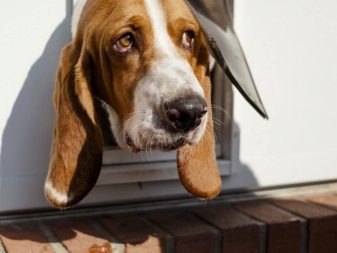
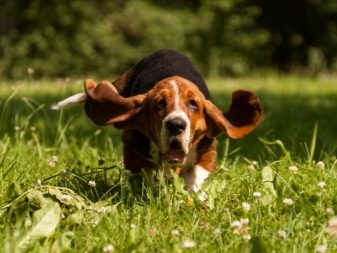
Reviews
There are practically no negative reviews about bassets. This breed is loved for its wonderful nature, the ability to find a common language with other pets living at home, the absence of bad habits. Living in apartments, the basset hounds do not spoil the furniture, they quickly and easily get used to the daily routine and know when it is time to walk and when to expect a meal. The only point that some owners note is related with obstinacybut these are always episodes, not the main line of behavior.
Summing up, it’s worth saying that basset is suitable for family people. It is better if you are not a lonely master, because the breed can hardly stand loneliness. Of course, if you have the opportunity to often be near your pet, restrictions disappear.
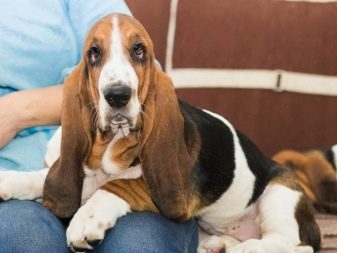
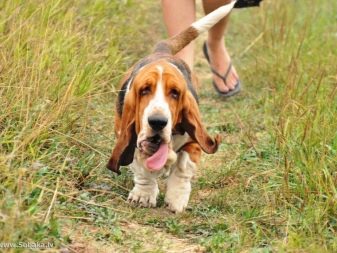
Be attentive to your pet, love him, and he will answer you the same.
All about the Basset Hound dog, see the next video.








































